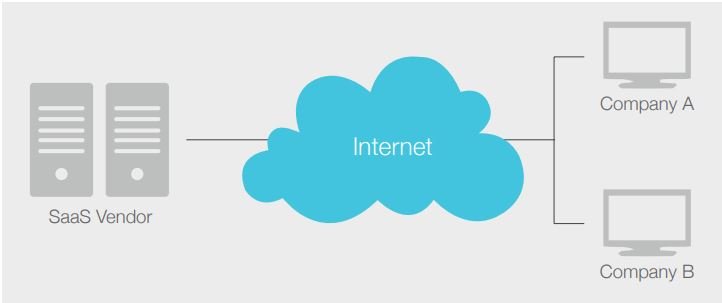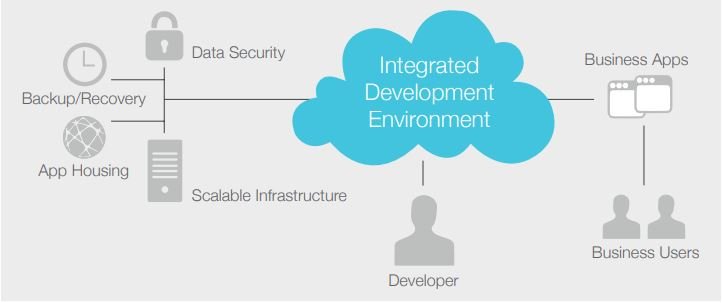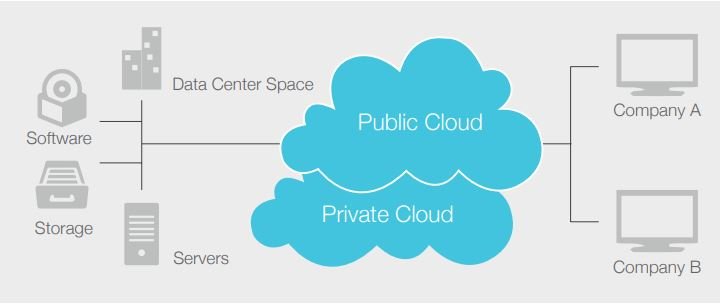There are multiple cloud models, and it’s important to know them apart. These types of cloud computing describe exactly what a business can do with the cloud.
These are the three distinct categories of cloud computing:
1. Software as a Service
2. Platform as a Service
3. Infrastructure as a Service.
Knowing the difference between these is important, so let’s explore what they are.

Software as a Service
Software as a Service, or SaaS, is simply software that is hosted in the cloud and accessed through the Internet. This is the most commonly understood type of cloud computing, as it is used regularly by pretty much anyone using the Internet.
These applications range in complexity, purpose and audience. Common examples include Gmail, Twitter, Facebook, Flickr and Dropbox, but software can include accounting, invoicing, tracking sales, planning, performance monitoring, email, instant messaging, marketing and much more. The applications can be accessed from any Internet-compatible device and are frequently deployed on an opex based, consumption model.
You can think of SaaS as software-on-demand, as you are basically renting software instead of purchasing it. With traditional software, the hassles are endless. You purchase it upfront, install it, maintain it and ensure you have licensing for the necessary amount of users or devices. And if you want the upgraded version, you have to redo this entire process. With SaaS, a business can simply subscribe to the application, allowing users to access it online from anywhere. Upgrades can occur automatically, so users will always experience the most up-to-date version.

Platform as a Service
Platform as a Service creates a platform and environment for developers to build applications and services. The development platform includes operating system, programming language, execution
environment, data base and Web server. The necessary application development tools and services for testing, deploying, collaborating on, hosting and maintaining applications are all supplied by the cloud provider.
This service, like SaaS, is hosted in the cloud and accessed by users over the Internet. The applications and services developed via PaaS don’t depend on a specific platform to run, which ultimately makes SaaS so convenient for consumers. PaaS solutions can range in complexity as well.
Since it’s a service-based solution, the infrastructure and applications are managed for the customer. The PaaS service, like SaaS, is generally paid for on a subscription basis, relying on the usage of the client.

Infrastructure as a Service
Infrastructure as a Service provides computing infrastructure and storage on-demand, via the Internet. The virtual computing infrastructure includes virtual server space, network connections, bandwidth, IP addresses and load balancers. From a business side, the complexities and expenses usually involved with managing infrastructure are removed – the cloud provider takes on these responsibilities. Rather than purchasing, installing and integrating new hardware when they need it, clients can simply tap into the cloud resource.
Physically, the pool of hardware resources is pulled from a multitude of servers and networks usually distributed across numerous data centres, all of which the cloud provider is responsible for maintaining. The client, on the other hand, is given access to the virtualised components in order to build their own IT platforms.
IaaS has subcategories, including public, private and hybrid cloud. Public cloud is infrastructure consisting of shared resources, which are deployed over the Internet on a self-service basis. Private cloud infrastructure provides the cloud computing features and resources, but on a private network. A combination of these two is called hybrid cloud.




